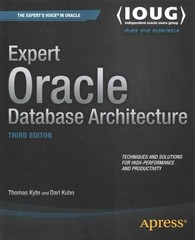Answered step by step
Verified Expert Solution
Question
1 Approved Answer
( b ) Let n = p 1 i 1 p 2 i 2 p 3 i 3 , where p 1 , p 2
b Let n pi pi pi where p p p are distinct primes and i i i are positive integers. Write the formula for phi n in a way that shows its a positive integer. Note: Since inclusionexclusion involves adding and subtracting terms, its not clear why the final value is positive; as you compute N NN NNN it can be negative at intermediate steps. We also have a product formula phi n nppp with fractions, so its not obvious that its an integer. Rewrite this product formula in a way that shows its a positive integer, and explain why the formula shows that
Step by Step Solution
There are 3 Steps involved in it
Step: 1

Get Instant Access to Expert-Tailored Solutions
See step-by-step solutions with expert insights and AI powered tools for academic success
Step: 2

Step: 3

Ace Your Homework with AI
Get the answers you need in no time with our AI-driven, step-by-step assistance
Get Started


